(A practical, B2B-friendly guide for Australian organisations rolling out a new look)
Rebrands are exciting… until they’re not. The mood usually shifts somewhere between “fresh new logo!” and “wait, why is half the team still wearing the old uniforms?” If you’re planning a rebrand—or right in the messy middle—this guide is your roadmap for what to update first, what can wait, and how to avoid the classic “two-brand problem” that confuses customers and frustrates staff. This isn’t theory. It’s based on what Cubic Promote sees every week as Australian organisations roll out new logos, colours, brand messaging, and internal culture systems. Let’s get into it.
Why You Should Replace Some Items First (and Fast)
Most rebrands fall apart in the first 60 days because the visuals aren’t consistent. Your digital designer updates your logo. Marketing updates your website. But then… Your frontline staff, field crews, reception team and event reps are still using:
- old uniforms
- old pens
- old notebooks
- old signage
- old lanyards
- old pitch folders
Customers notice instantly. Investors notice. Staff notice. Rebrand success comes down to visible alignment, not just a fresh style guide. That starts with replacing the items people see the most—and see first.
The Priority Framework: What to Replace First
Cubic Promote ranks rebrand items using six practical criteria:
- Visibility – do customers see it constantly?
- Customer impact – does it influence trust?
- Staff alignment – does it affect culture?
- Operational risk – does inconsistency harm reputation?
- Cost-to-replace ratio – can it be swapped quickly and cost-effectively?
- Lead times – does production require planning?
Using this framework, here are the most critical branded items to replace first during a rebrand.
1. Staff Uniforms (Your Most Public-Facing Asset)
If your team interacts with the public—even occasionally—uniforms must be updated well in advance. Why? Because uniforms act as walking billboards. If they don’t match your new brand, customers assume the rebrand is incomplete, messy, or unprofessional. Uniforms to prioritise:
- Polo shirts
- T-shirts
- Hi-vis workwear
- Hospitality aprons
- Jackets, vests and outerwear
- Corporate shirts
Uniforms also matter internally. Rebrands often trigger cultural changes, and staff apparel sends a strong signal that the business is moving forward together.
2. Customer Touchpoint Merchandise (High Frequency = High Impact)
These are the branded items customers use, touch, hold or take home. Replace these early, because they:
- outlive digital ads
- generate daily impressions
- show your rebrand in the real world
High-priority touchpoints include:
- Pens
- Notebooks
- Drink bottles
- Bags (tote bags, satchels, conference bags)
- Lanyards
- Keyrings
- Compendiums
- Desk accessories
These often travel with customers—to meetings, conferences, coworking spaces and offices—making them enormous exposure drivers.
3. Signage & Event Collateral (Immediate Brand Visibility)
Many organisations forget this one—until they arrive at a conference with a banner featuring three logos from three years ago.
If your organisation:
- attends expo events
- hosts stakeholder mornings
- welcomes community groups
- runs training sessions
…your event collateral must match your new brand from Day One. Prioritise:
- Pull-up banners
- Tablecloths
- Branded flags
- Media walls
- A-frames
- Portable counters
- Event signage
These often have fast turnaround times at Cubic Promote, but demand spikes during event season—so plan early.
4. Stationery That Leaves the Building
Anything that travels externally needs to be updated quickly. Customer-facing stationery includes:
- Business cards
- Letterheads
- Presentation folders
- Envelopes
- Compliment slips
- Notepads
- Proposal kits
If old branding is still circulating, people will assume nothing has really changed.
5. Internal Everyday Items (Small Cost, Big Influence)
These won’t make the news, but they easily create rebrand confusion if left unchanged. Replace early:
- Staff ID cards
- Lanyards
- Visitor badges
- Office door signage
- Wayfinding signs
- Name badges
These items help staff embrace your new identity. Internally, when people see their environment shift, they feel part of the change.
6. Hybrid Digital–Physical Assets
The marketing department usually updates these first, but the physical versions lag. Items to prioritise:
- Onboarding kits
- Tender submission folders
- Proposal templates (printed and digital)
- Media kits
- Training manuals
- Corporate welcome packs
These are your reputation builders. If they’re mismatched, stakeholders notice instantly.
What You Can Replace Later (And Still Look Professional)
Here’s a quick list of lower-risk items that can be swapped once the significant changes are complete:
- Office mugs
- Umbrellas
- Premium gifts
- Tote bags for internal use
- Staff merchandise
- Low-use documents
- Internal-only signage
These don’t cause customer confusion if they’re kept old temporarily.
A Rebrand Replacement Timeline (Realistic for Australian Businesses)
To keep things organised, here’s the timeline most companies follow when Cubic Promote supports their rollout.
Week 1: High-Visibility Essentials
- Uniforms
- Signage
- Customer-facing stationery
- Pens & notebooks
Month 1: Internal Alignment
- Office signage
- Staff ID cards
- Visitor passes
- Desk items
- Event kits
- Training folders
Quarter 1: Completion Phase
- Premium gifts
- Umbrellas
- Drinkware for staff
- Larger apparel ranges
- Seasonal merchandise
This approach keeps your brand consistent without overwhelming your team or budget.
Smart Budget Tips for Rebrands
Rebrands don’t have to cost the earth. Procurement teams love these tactics:
1. Use bulk ordering to lower your per-unit cost
The more you order upfront, the cheaper each item becomes.
2. Prioritise high-frequency items over novelty items
Replace what people see daily.
3. Batch artwork approvals
One approval saves days of back-and-forth.
4. Build a “transition stock” plan
Some organisations cycle out old items gradually to reduce waste.
5. Choose branding methods that last
Laser engraving and embroidery outlive digital print—use them for premium items and apparel.
Logo Design Checks Before You Print Anything
A new logo doesn’t always translate to real-world products. Before manufacturing, confirm:
- Does the logo embroider cleanly at small sizes?
- Are gradients simplified for screen printing?
- Do your PMS colours match fabric reality?
- Does the logo have enough contrast on dark colours?
- Is there a one-colour version for pens and small items?
These technical checks save companies thousands—literally.
FAQ (Straightforward Answers for Busy Teams)
Do we need to replace everything at once?
No. Prioritise customer-facing and high-visibility items first.
Can we run down old stock?
Sometimes—but never at public events or customer meetings.
How long do new uniforms take?
Most basics take 1–2 weeks. Embroidery adds a little extra.
Can Cubic Promote colour-match our new brand?
Yes. PMS, CMYK and embroidery threads can all be matched.
What if we’re not sure our new logo works on fabric?
Send it through—we’ll recommend the best branding method.
Need a hand planning your rebrand merchandise rollout?
Get in touch with us to learn about custom branding options, request a quote, or book a meeting with our team today.




 Sale
Sale
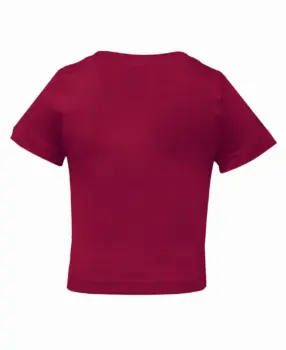

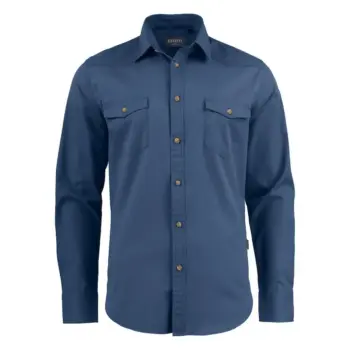

 Corporate Uniforms
Corporate Uniforms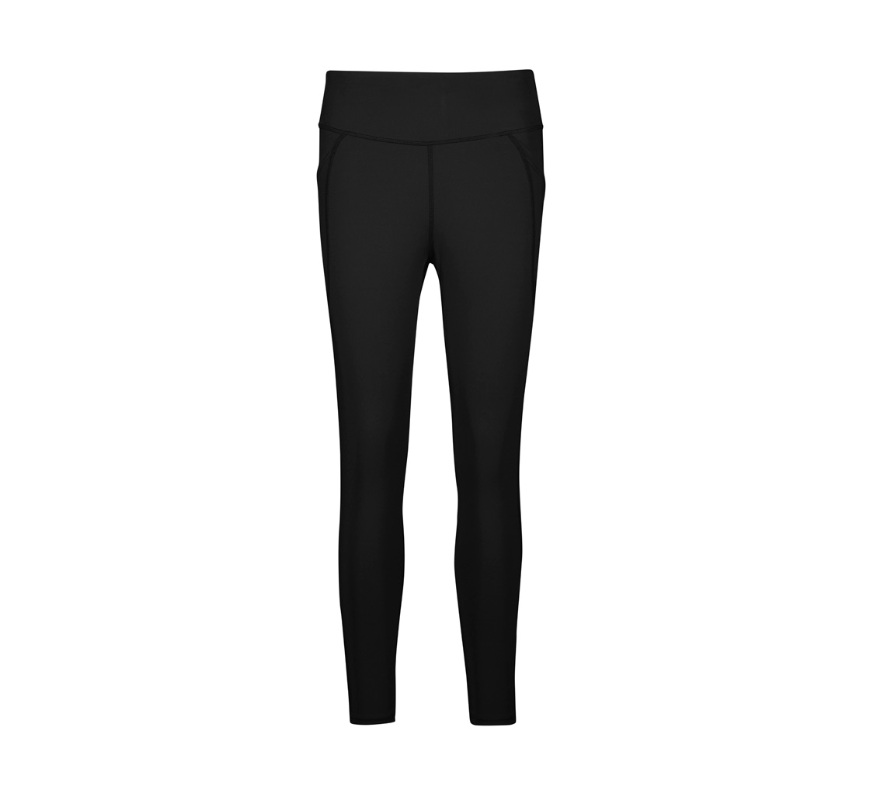 Eco Apparel
Eco Apparel Hoodies & Sweaters
Hoodies & Sweaters Jackets
Jackets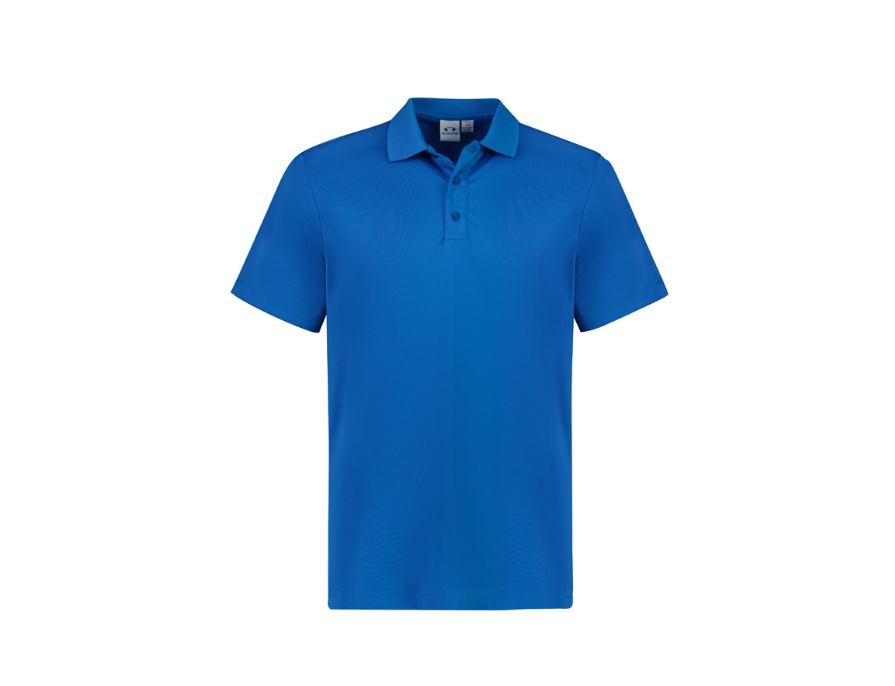 Kids' Clothes
Kids' Clothes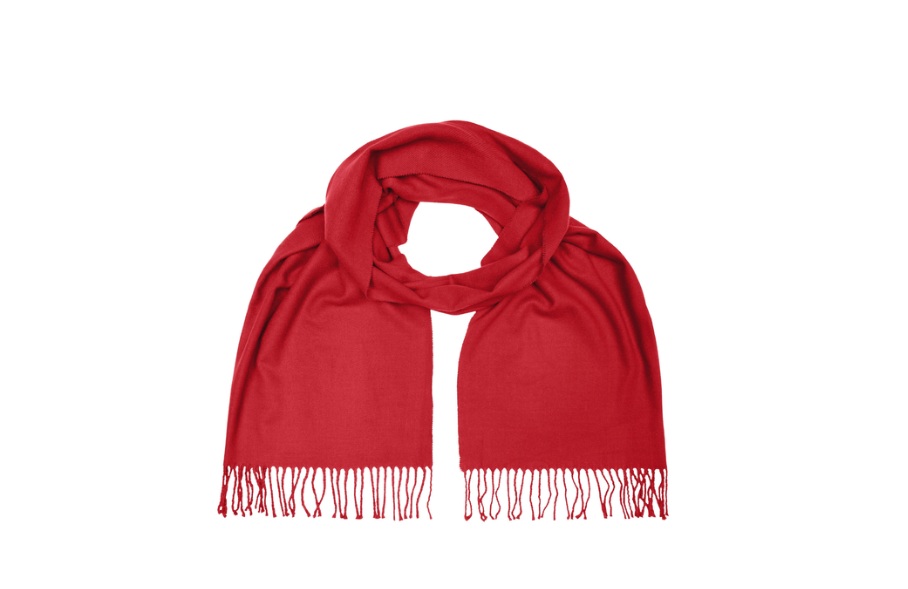 Other Apparel
Other Apparel Polo Shirts
Polo Shirts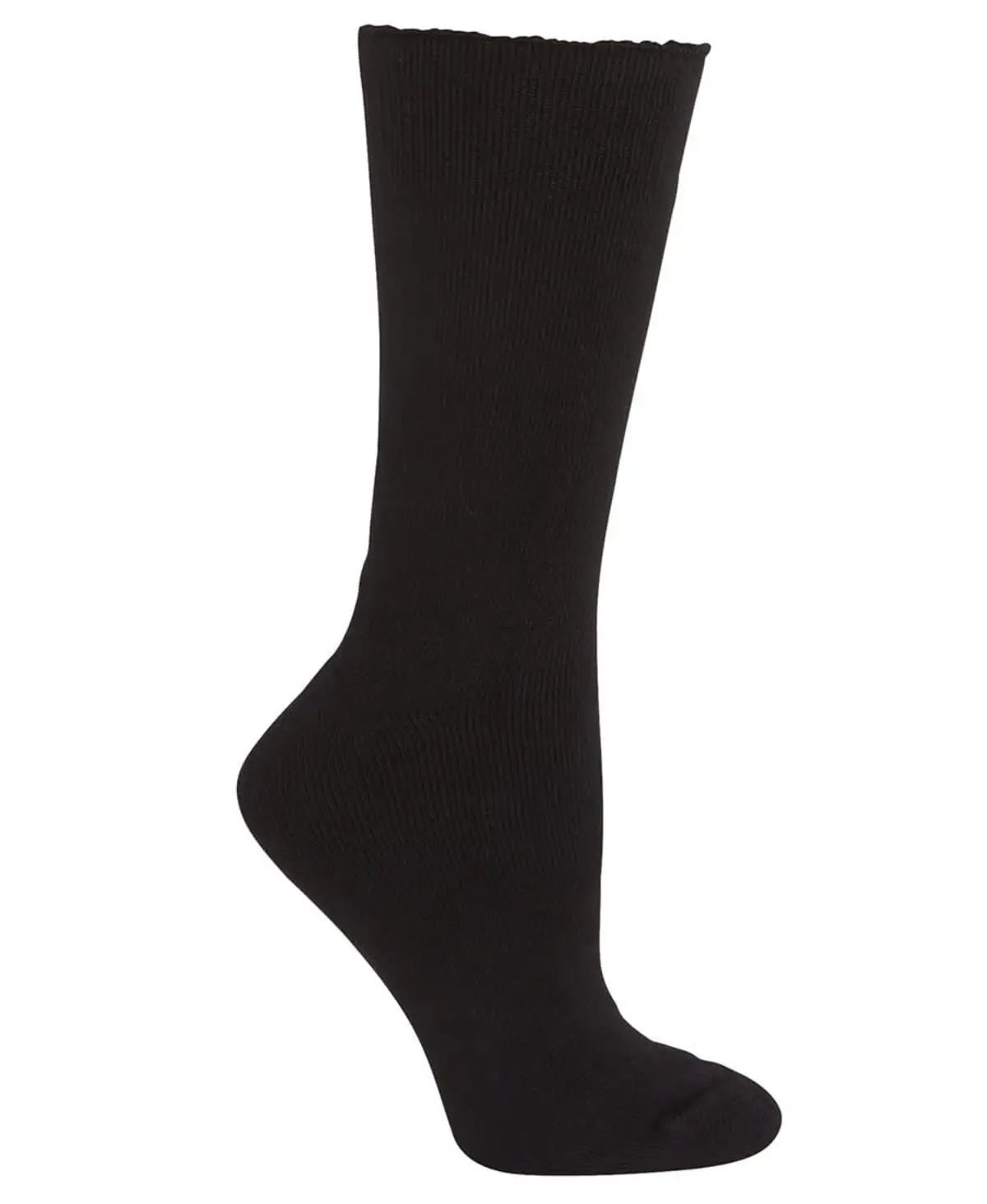 Socks
Socks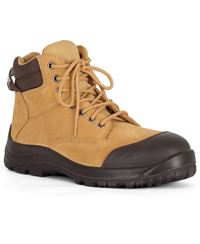 Shoes
Shoes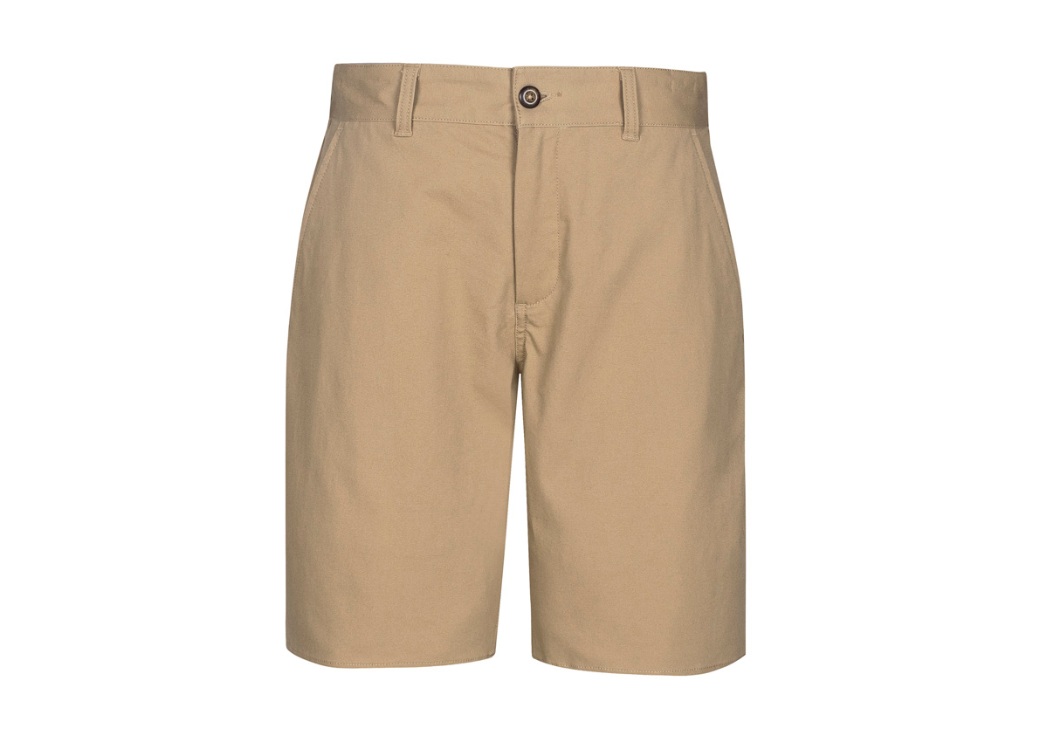 Sports Bottoms
Sports Bottoms Sports Uniforms
Sports Uniforms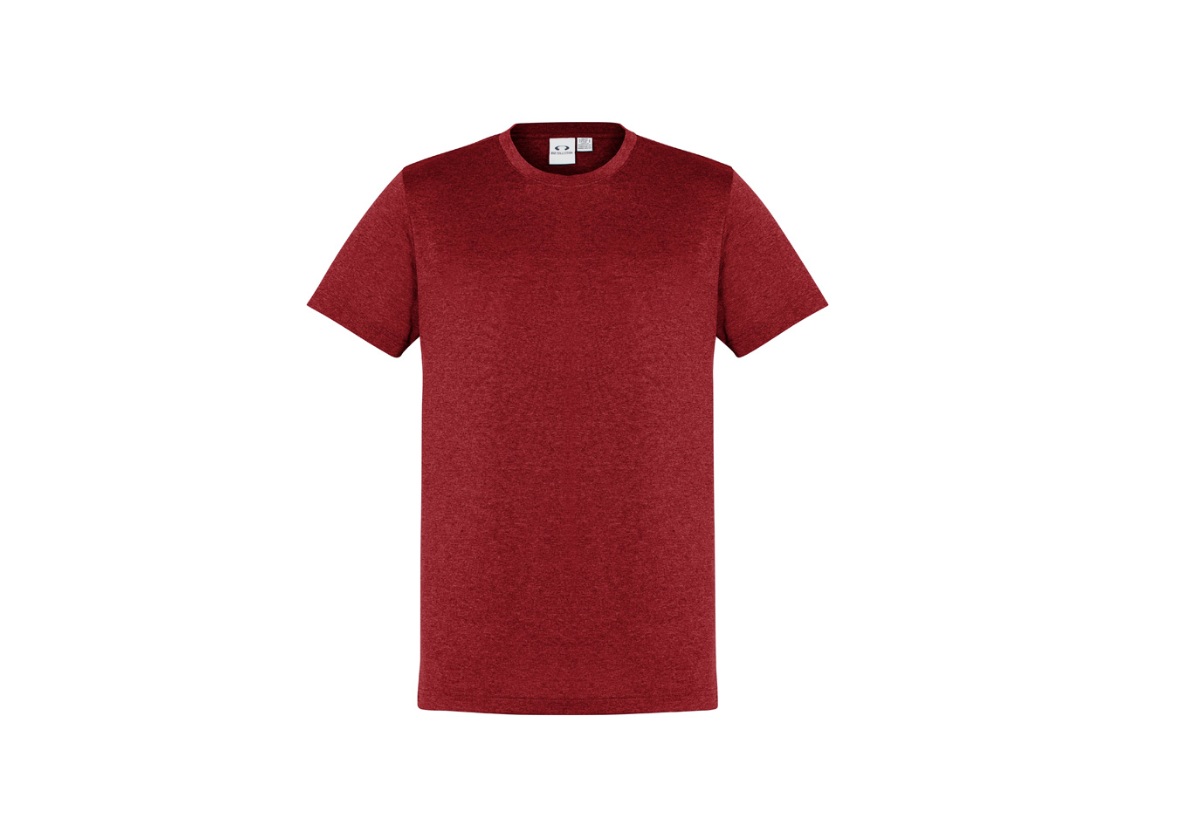 Tee Shirts
Tee Shirts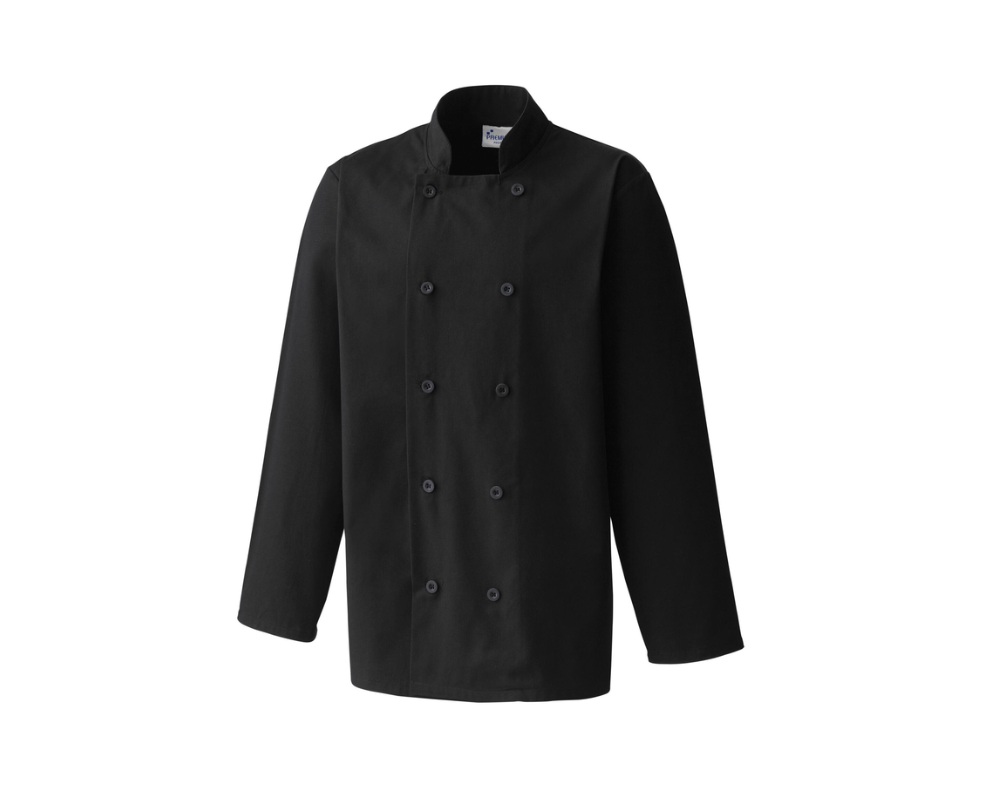 Workwear
Workwear


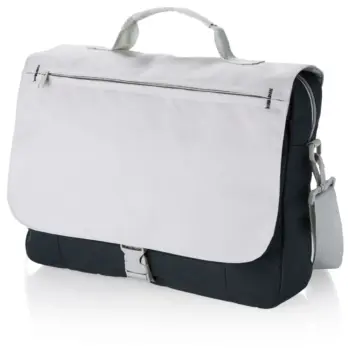
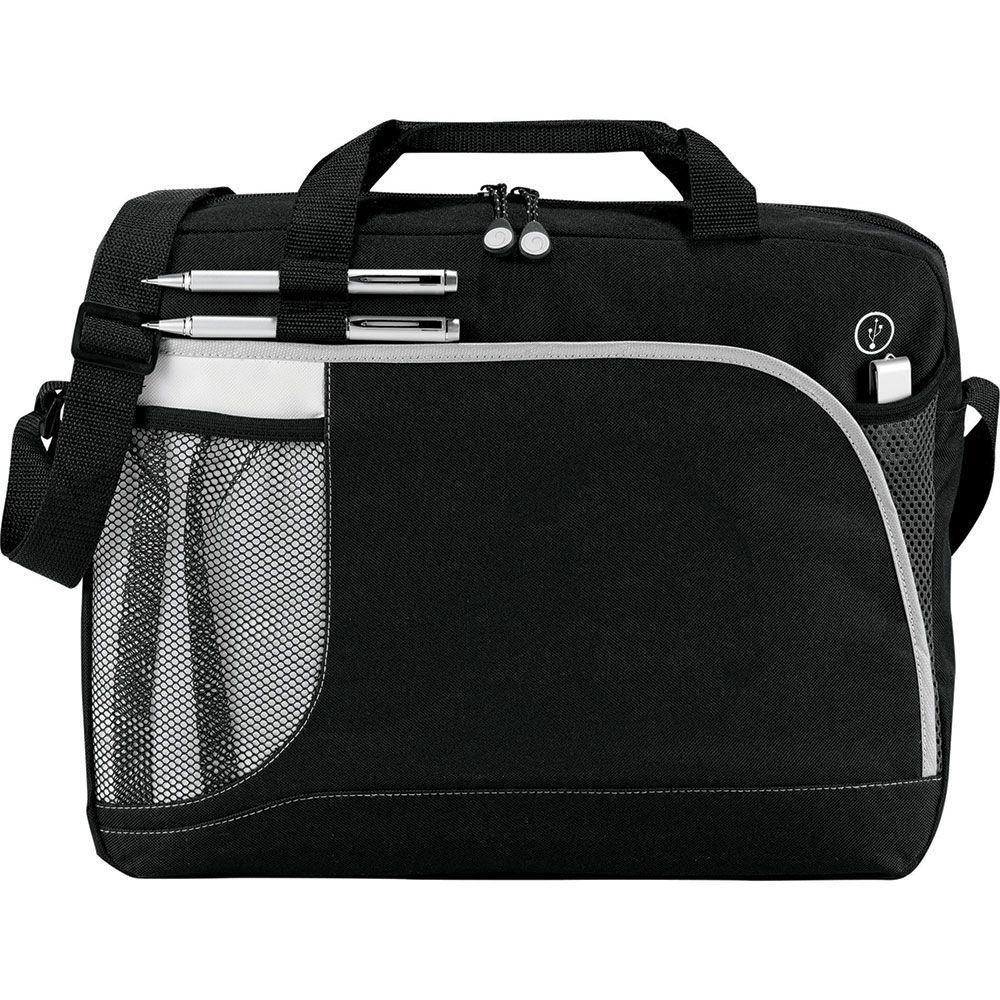 Briefcases
Briefcases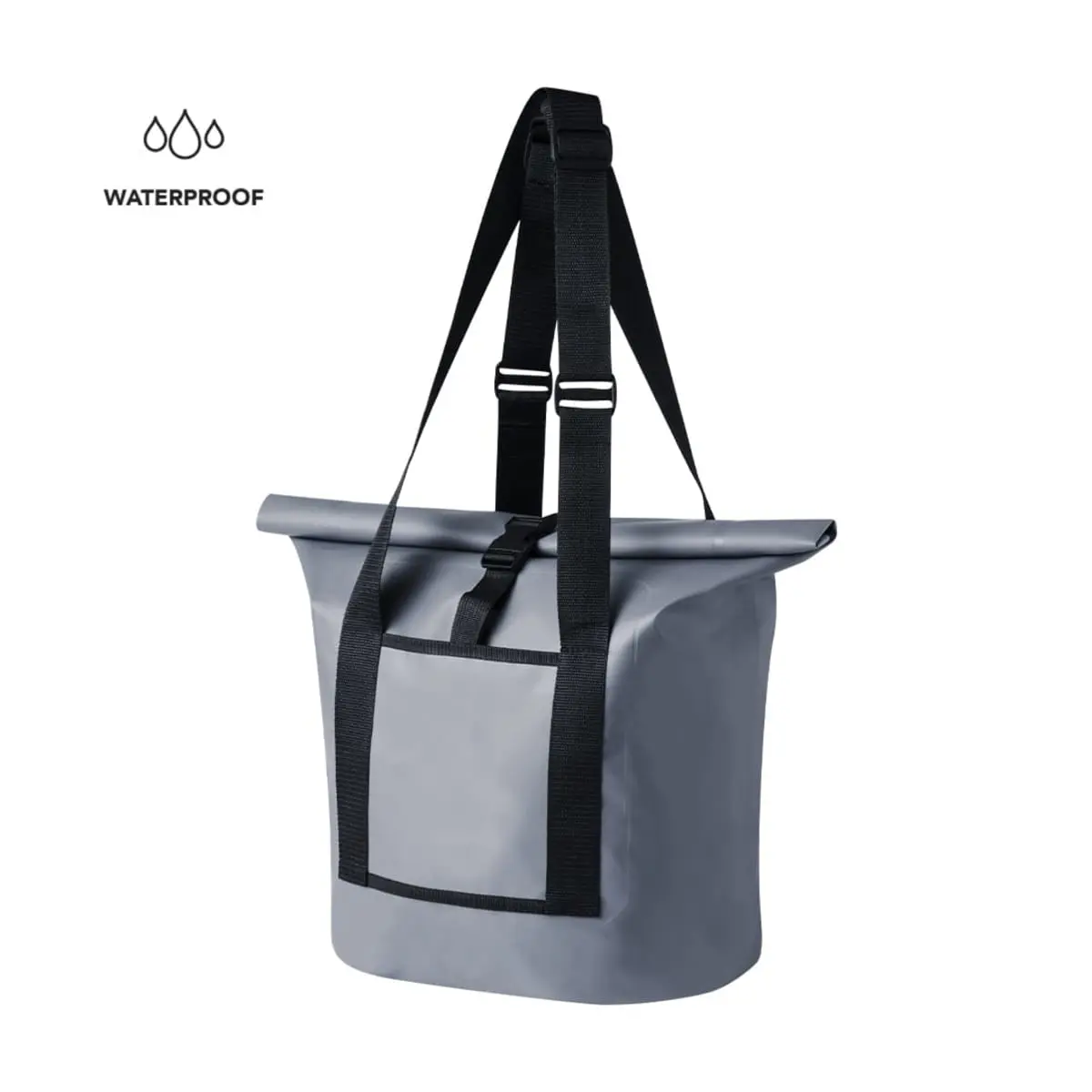 Dry Bags
Dry Bags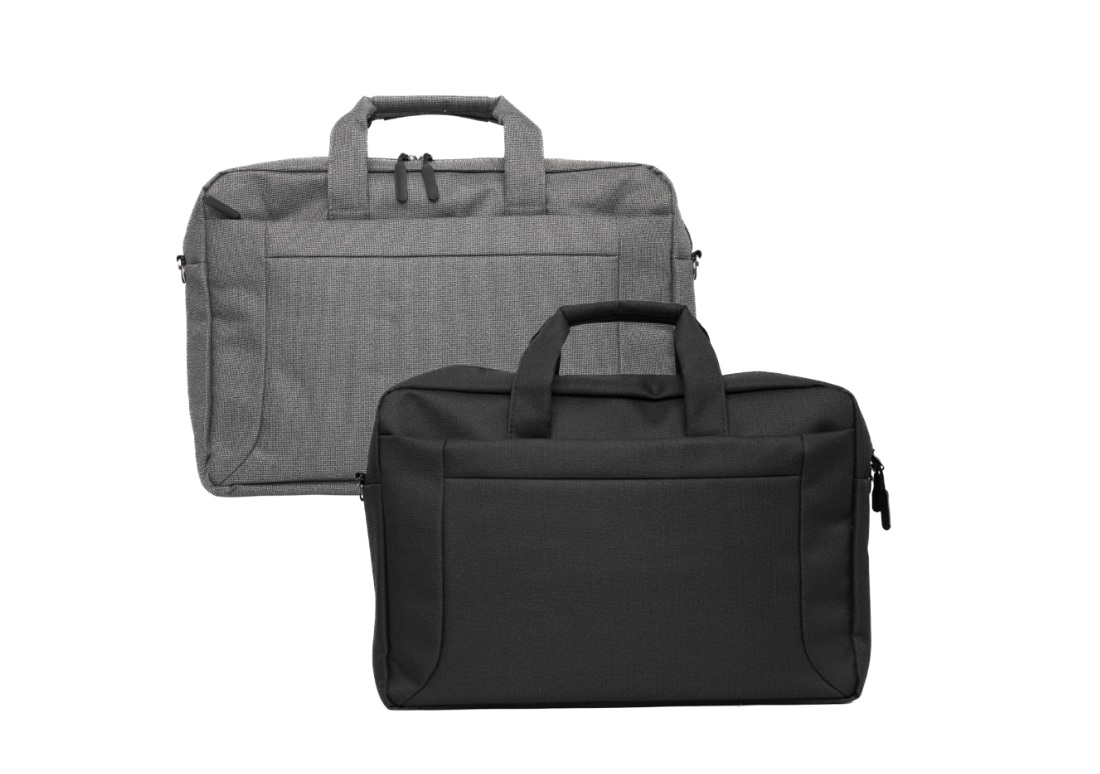 Laptop
Laptop Satchels
Satchels Specialised Bags
Specialised Bags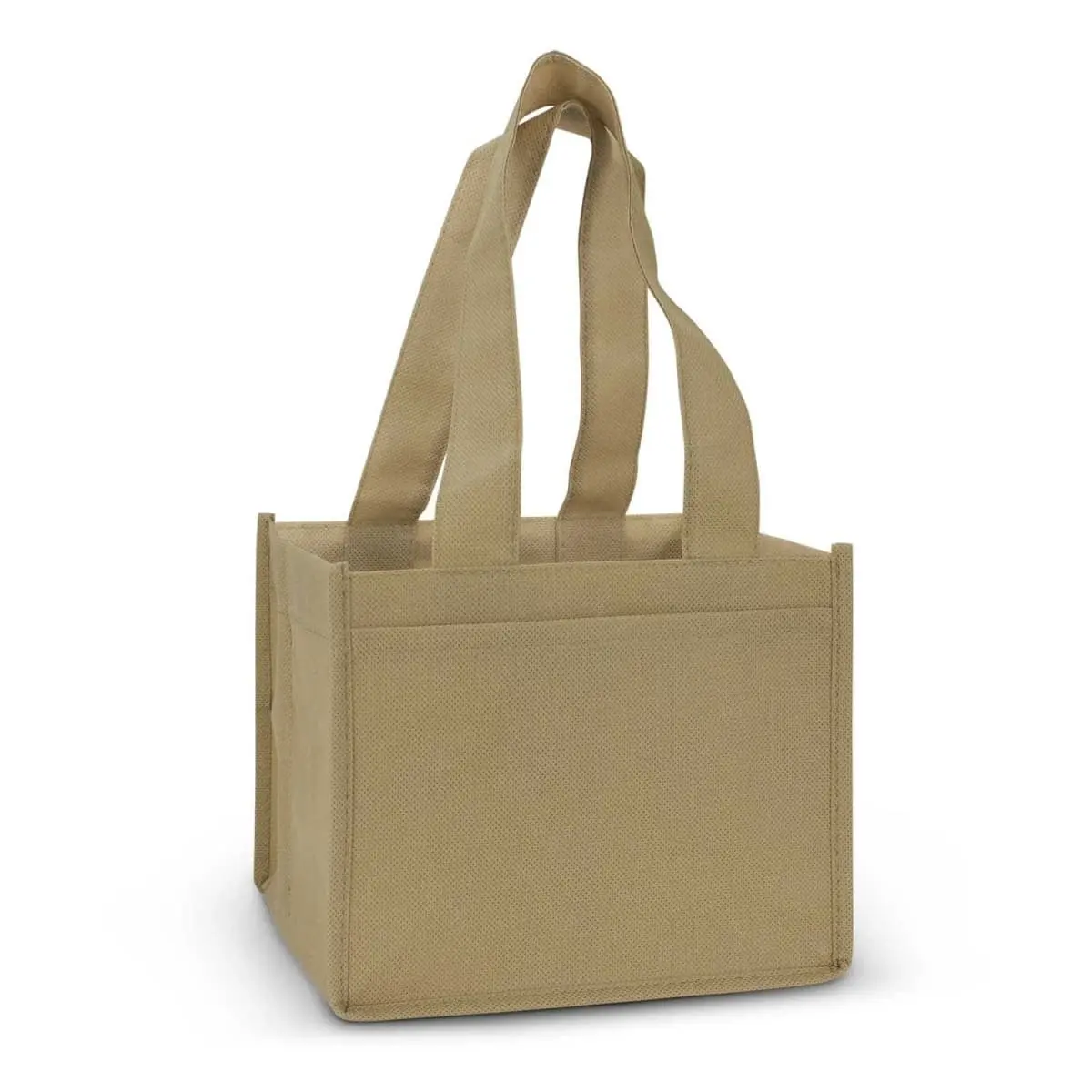 Tote Bags
Tote Bags

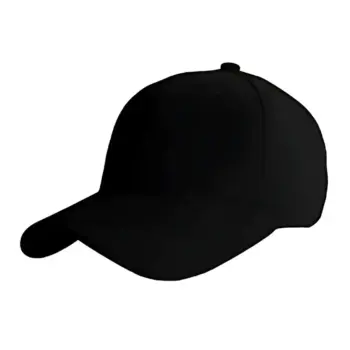
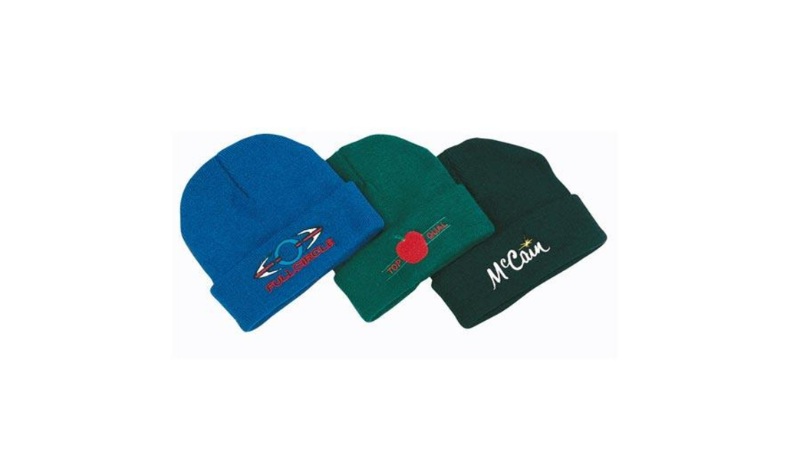 Beanies
Beanies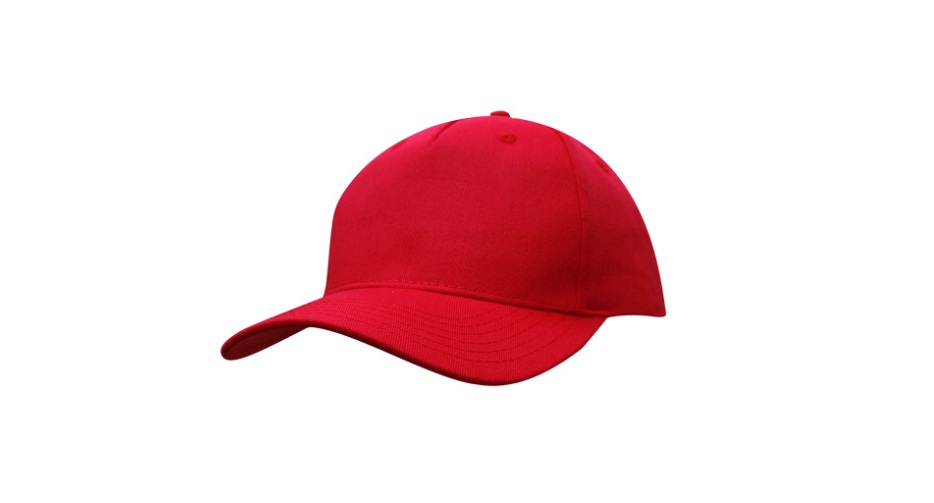 Caps
Caps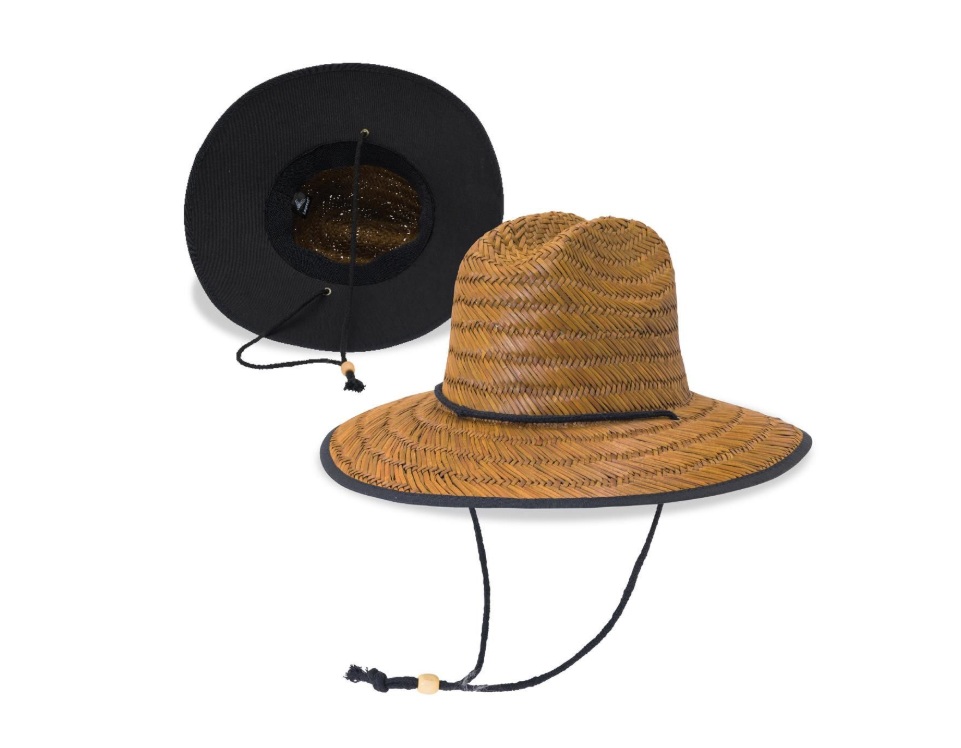 Straw Hats
Straw Hats
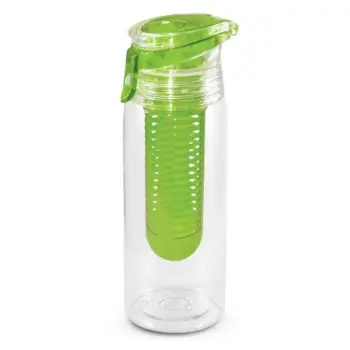
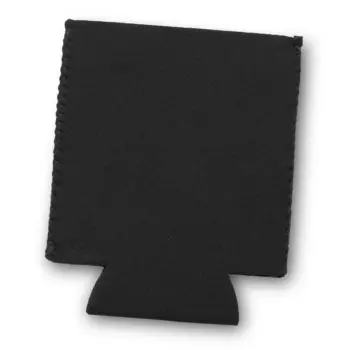
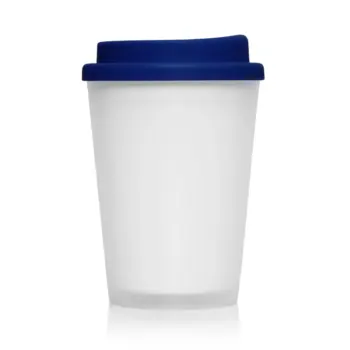
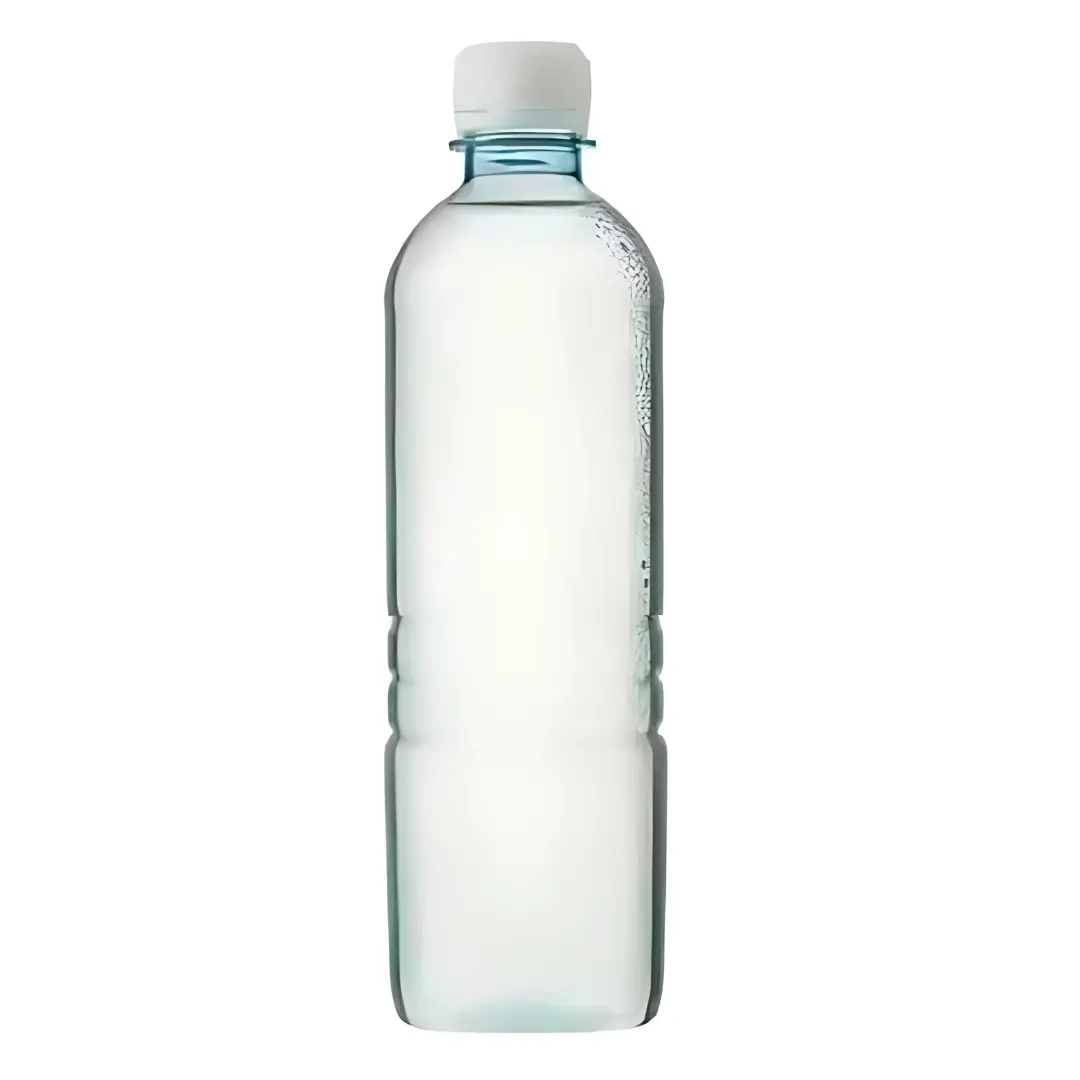 Bottled Water
Bottled Water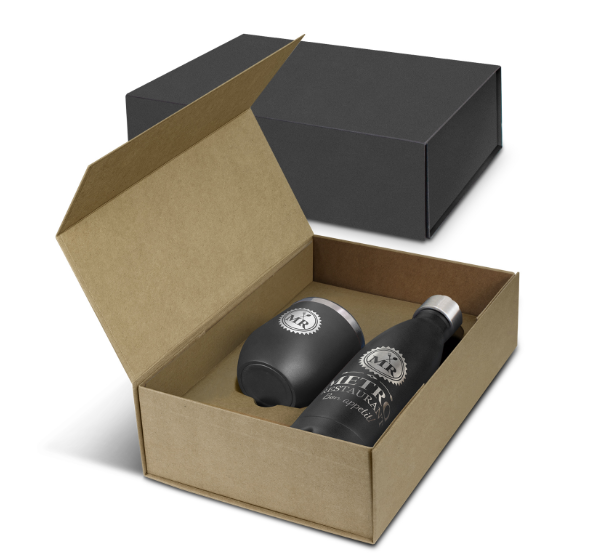 Drinkware Gift Sets
Drinkware Gift Sets Glass & Poly Cups
Glass & Poly Cups Mason Jars
Mason Jars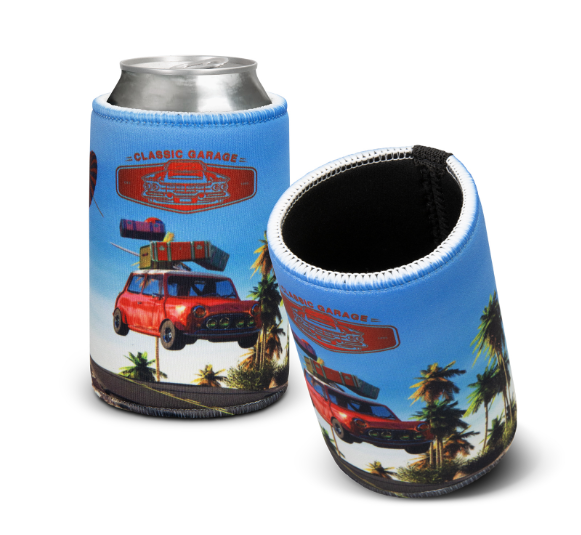 Stubby | Bar & Drinkware
Stubby | Bar & Drinkware Wines
Wines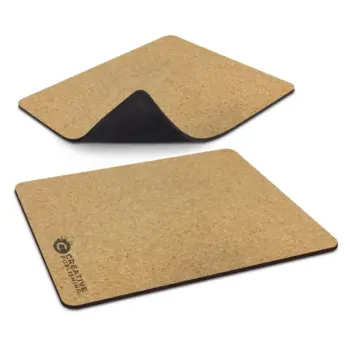


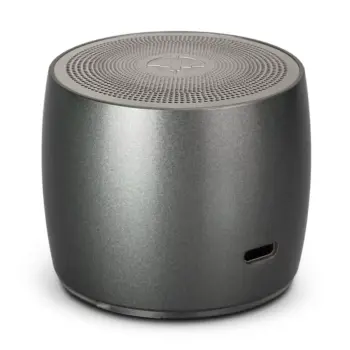

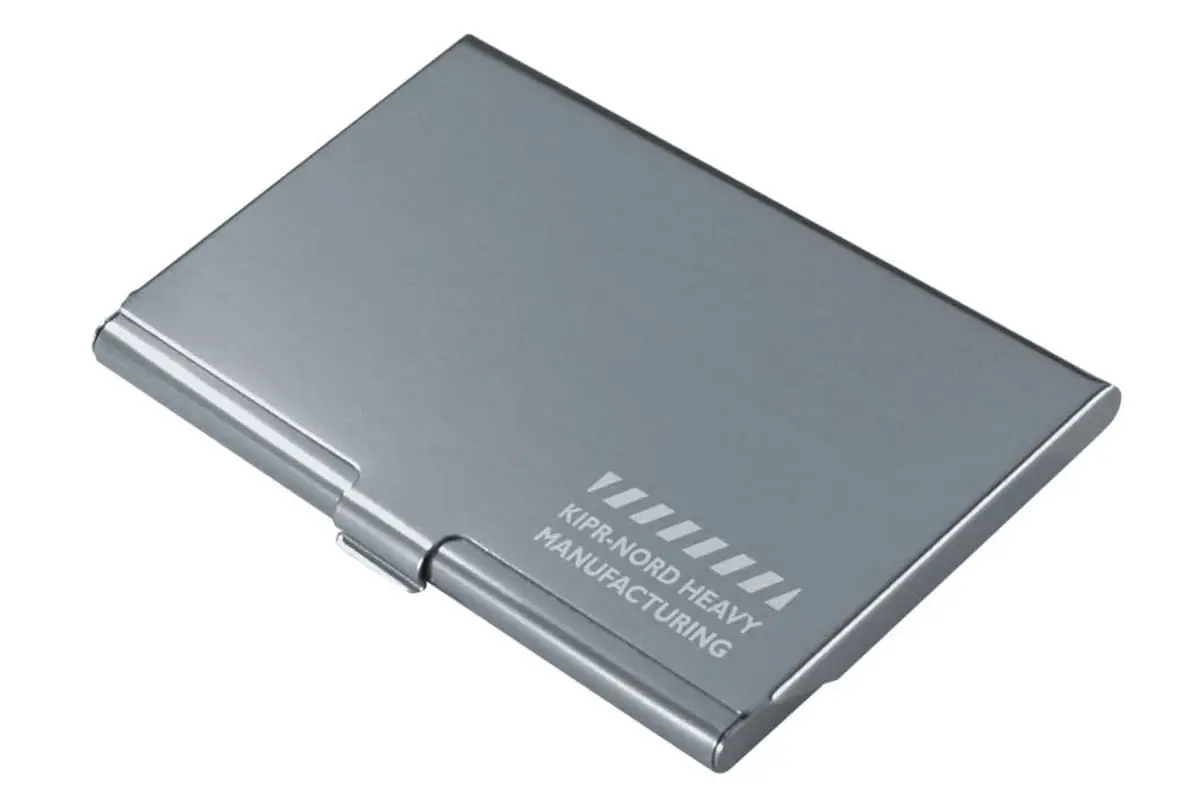 Business Card Holders
Business Card Holders IT Gift Sets
IT Gift Sets Tech Computers
Tech Computers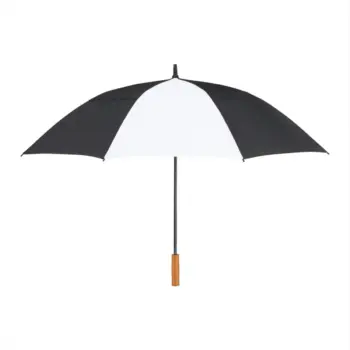
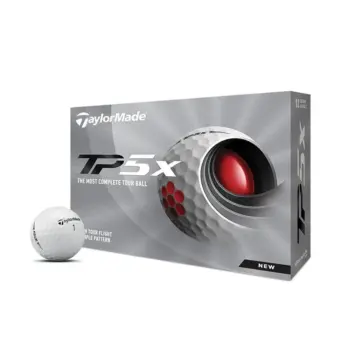


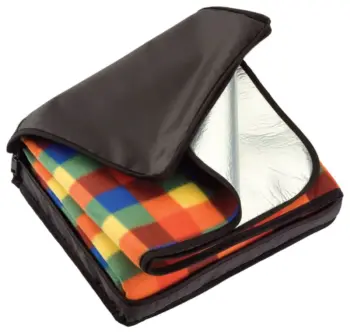
 Beach Towels
Beach Towels Car Accessories
Car Accessories Golf
Golf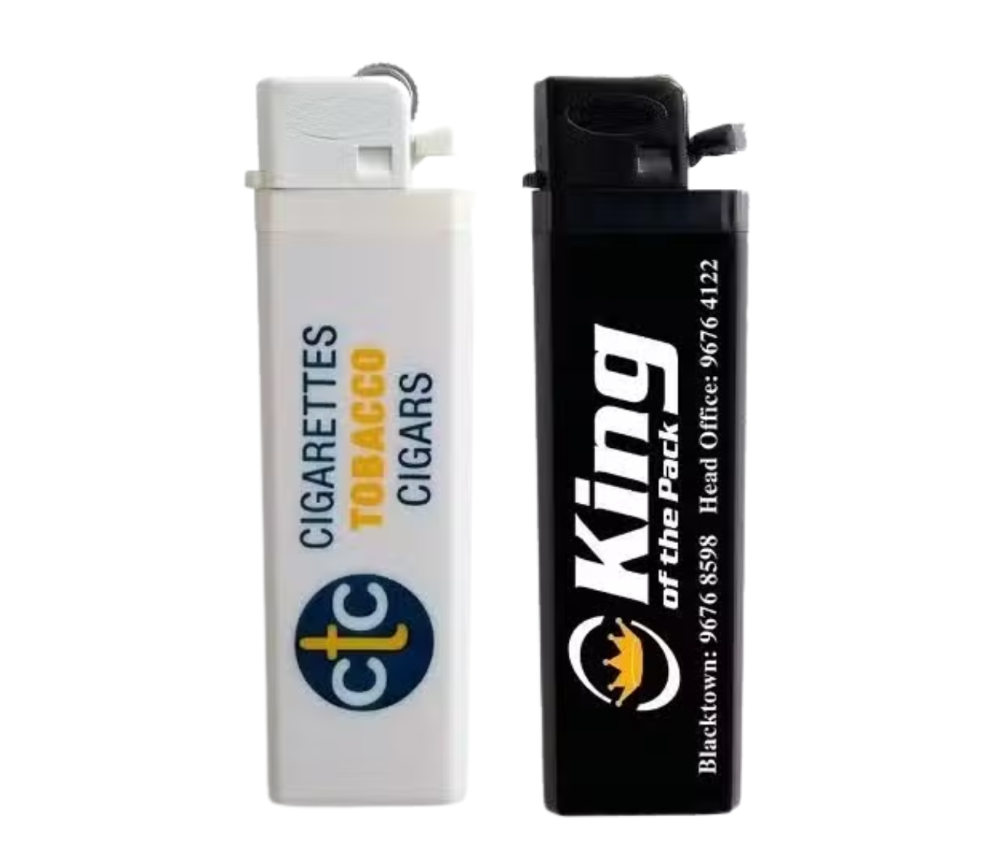 Lighters
Lighters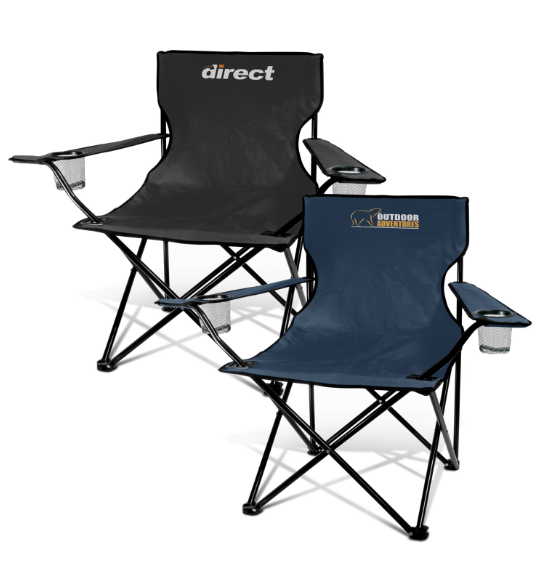 Picnic Gear
Picnic Gear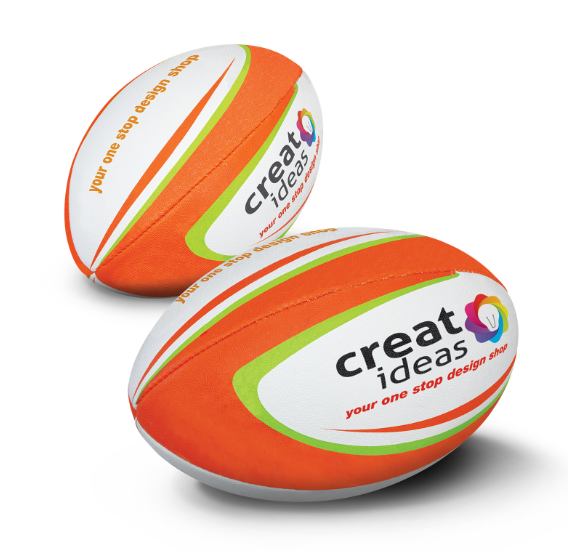 Sports Items
Sports Items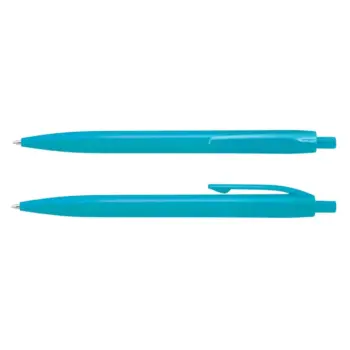
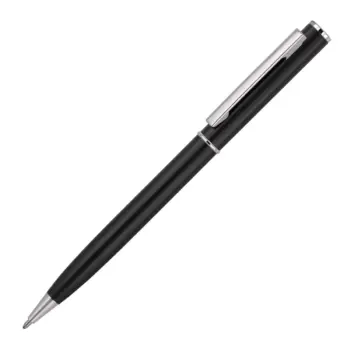
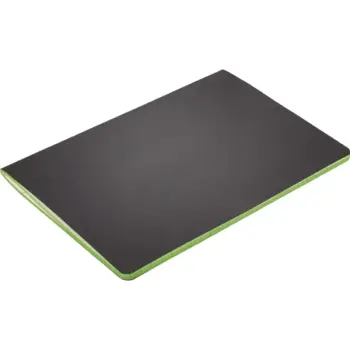
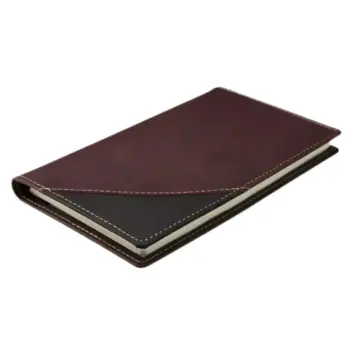
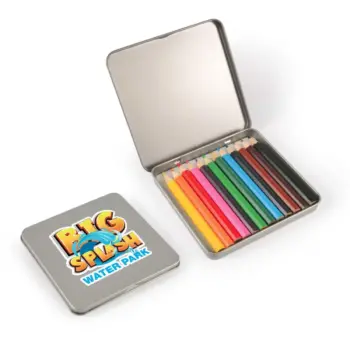
 Markers
Markers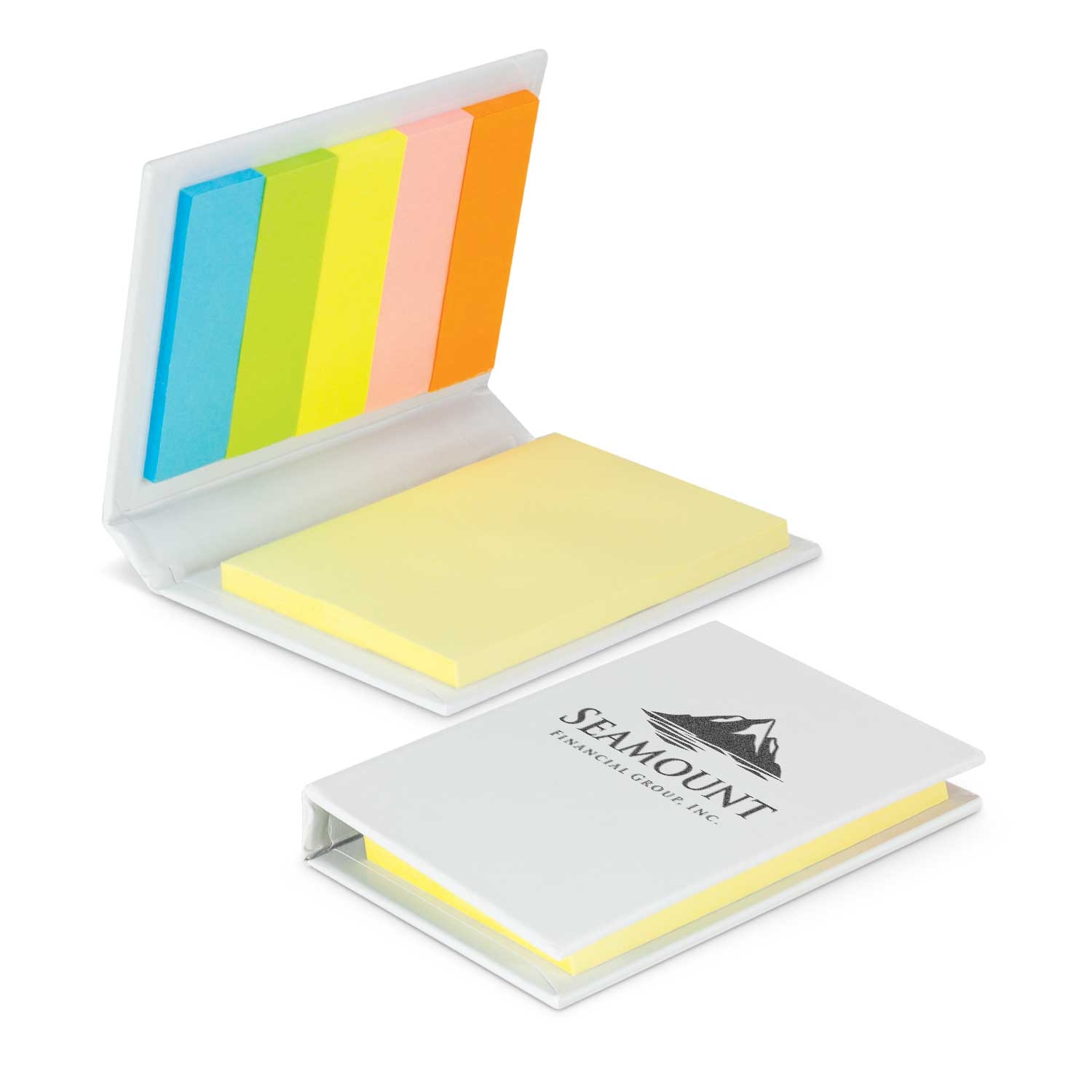 Post-It & Sticky Notes
Post-It & Sticky Notes


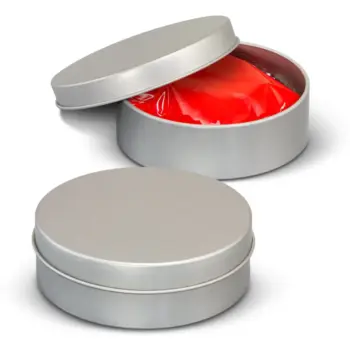
 Card Decks
Card Decks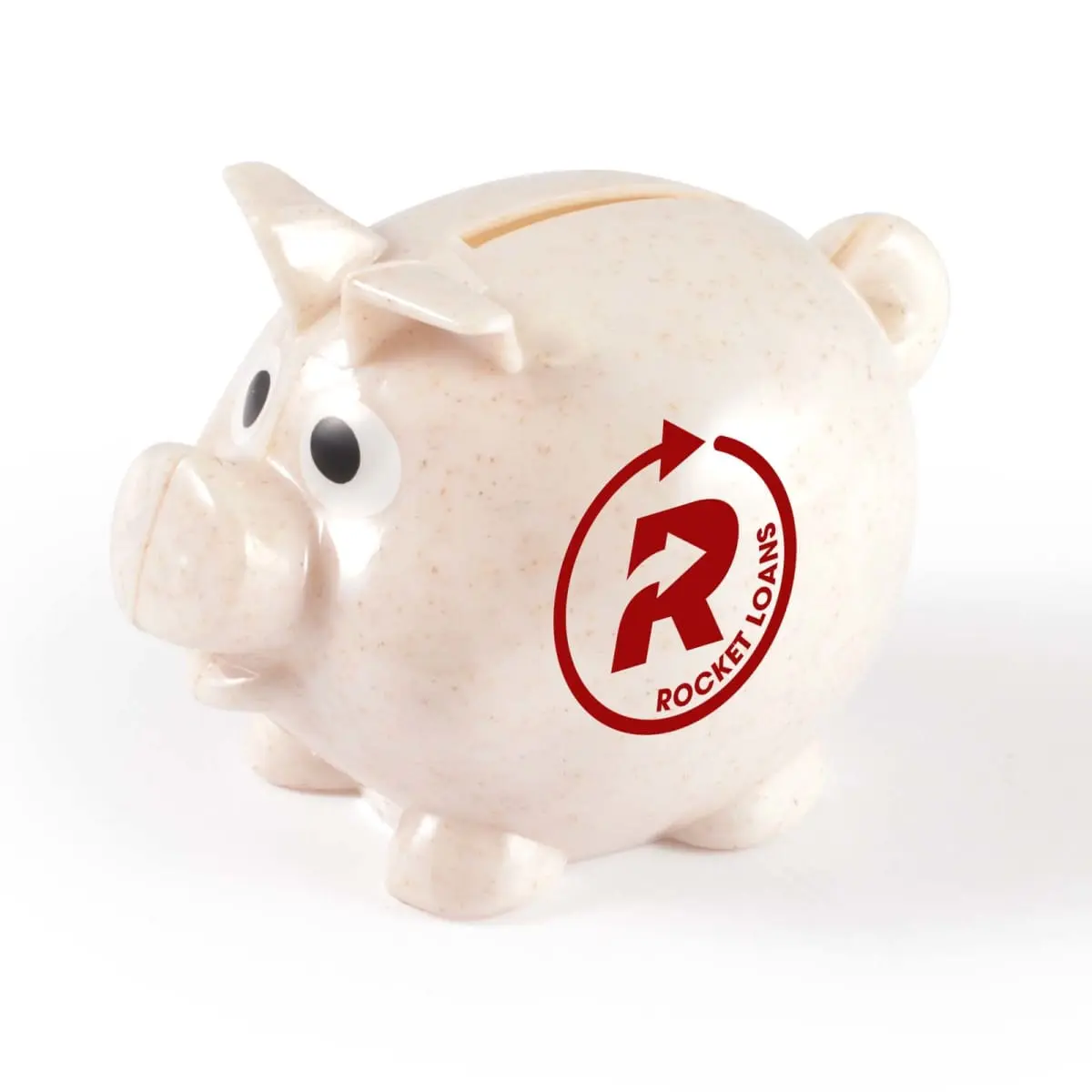 Coin Banks
Coin Banks Conference Toys
Conference Toys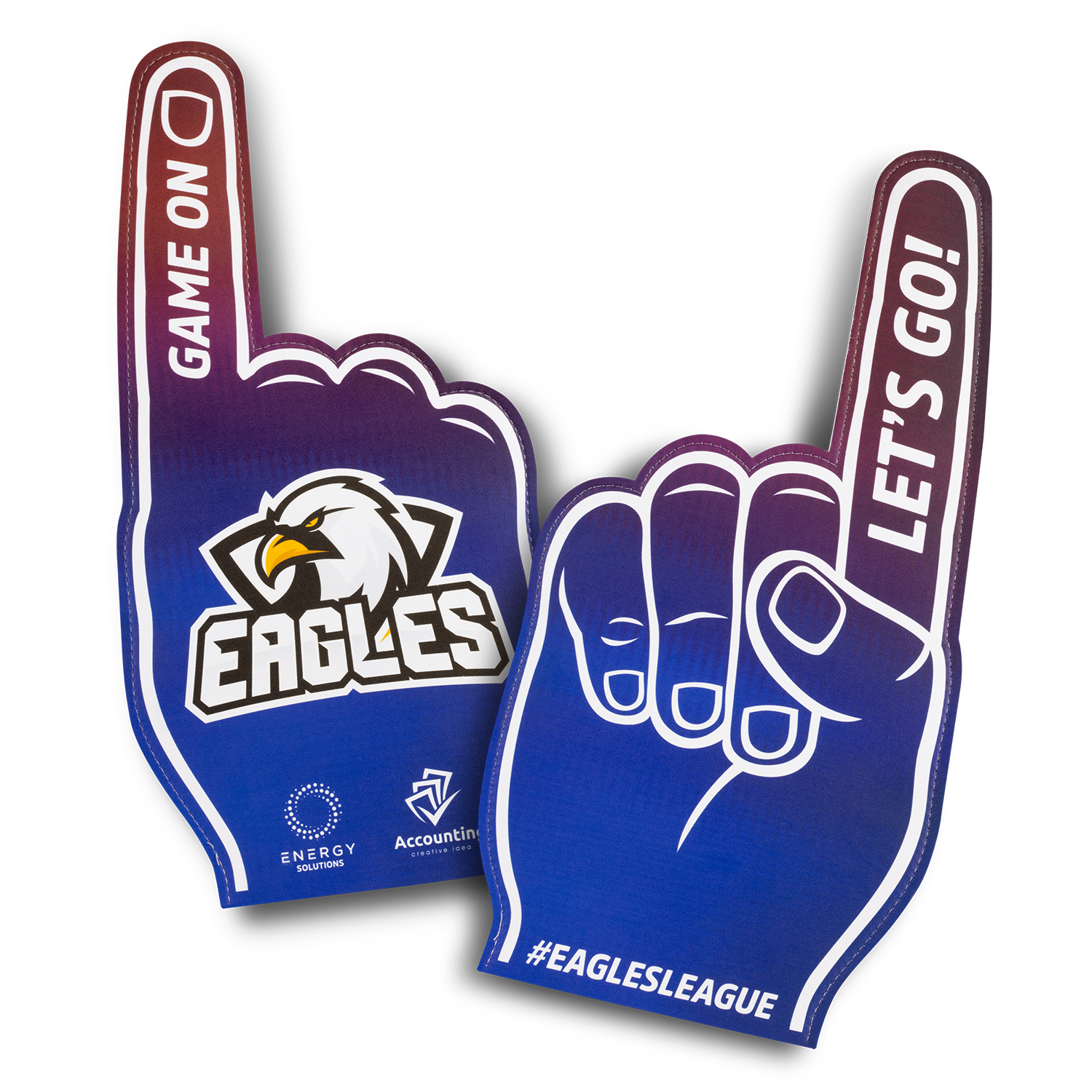 Event Toys
Event Toys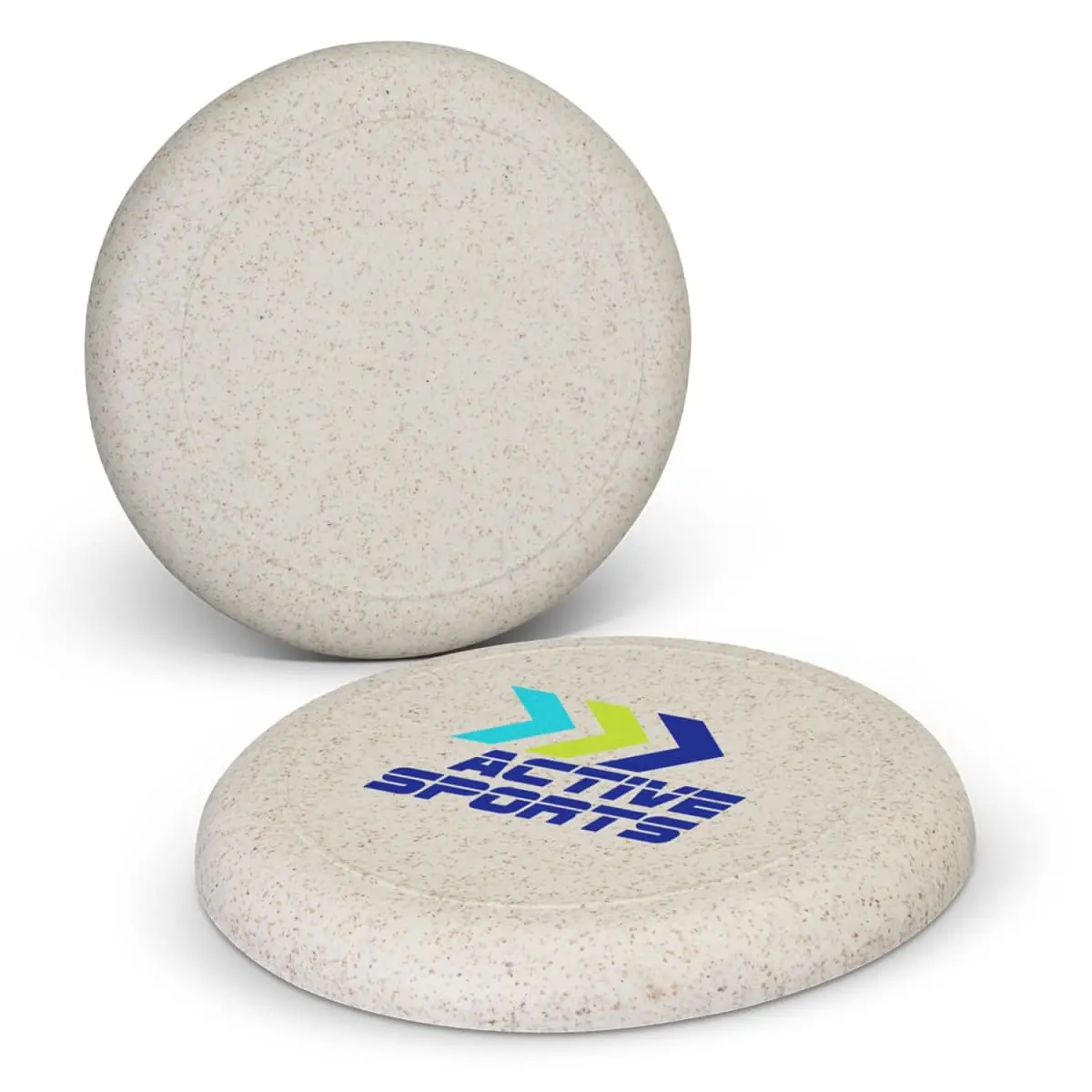 Frisbees
Frisbees Games & Puzzles
Games & Puzzles Kids
Kids Plush Toys
Plush Toys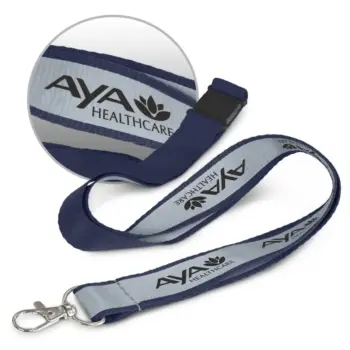
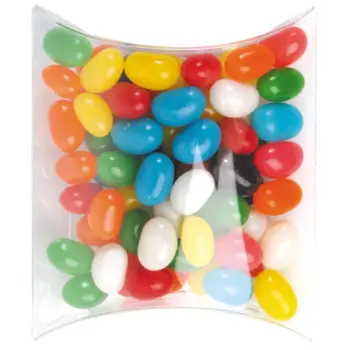



 Print | Signage
Print | Signage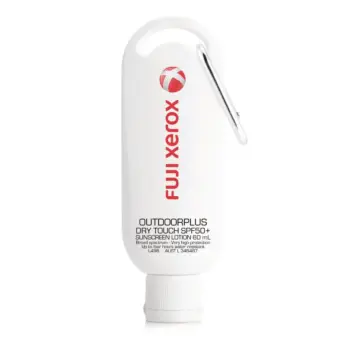
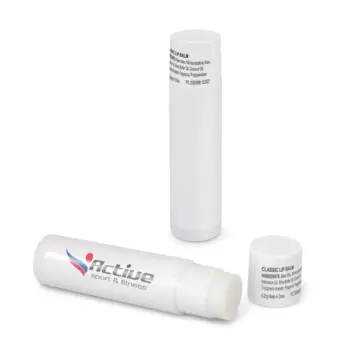


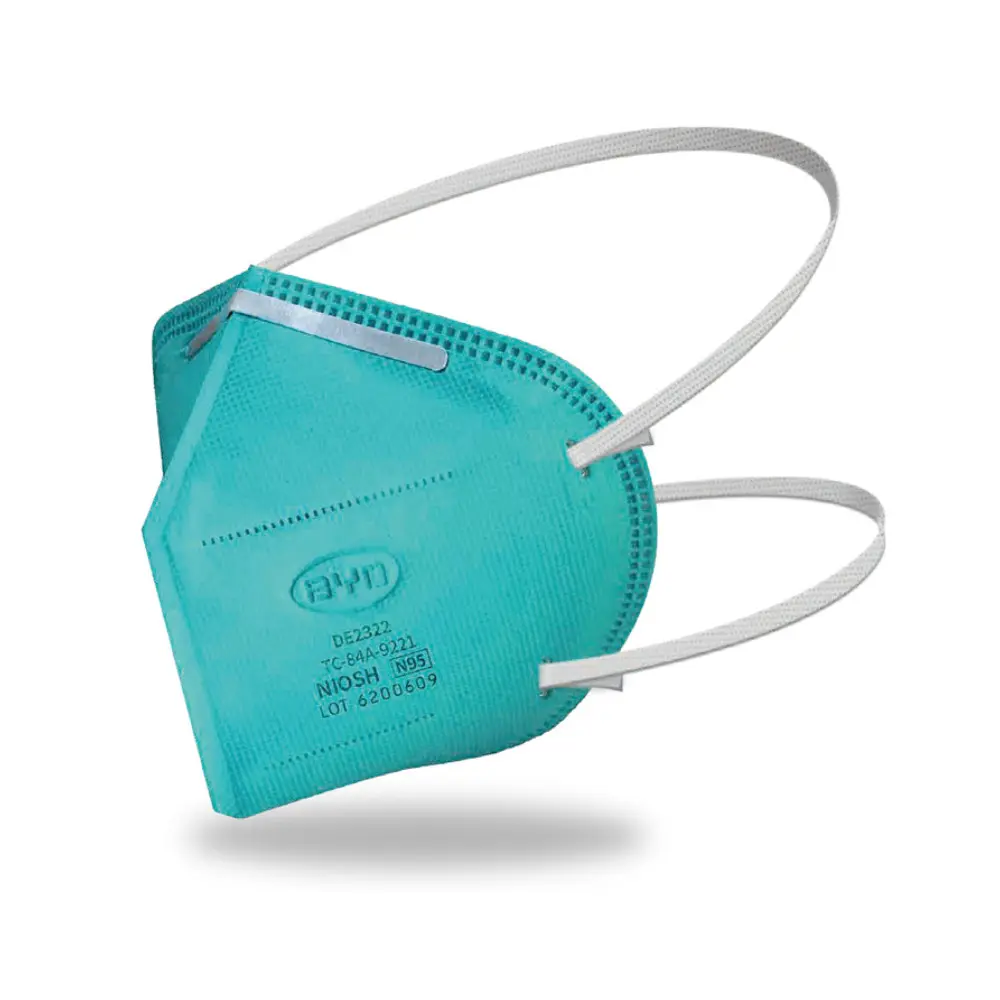 Antibacterial
Antibacterial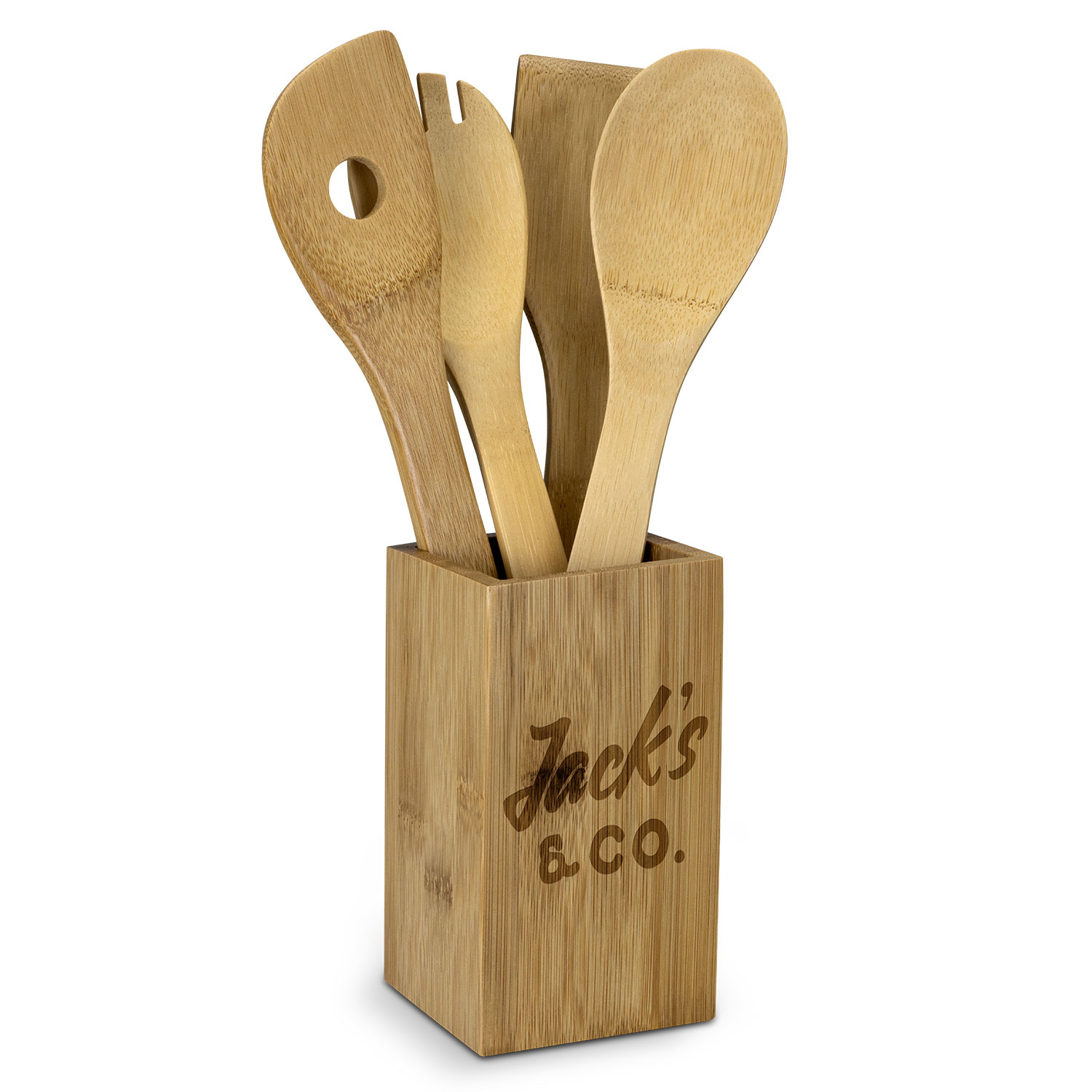 Eco Products
Eco Products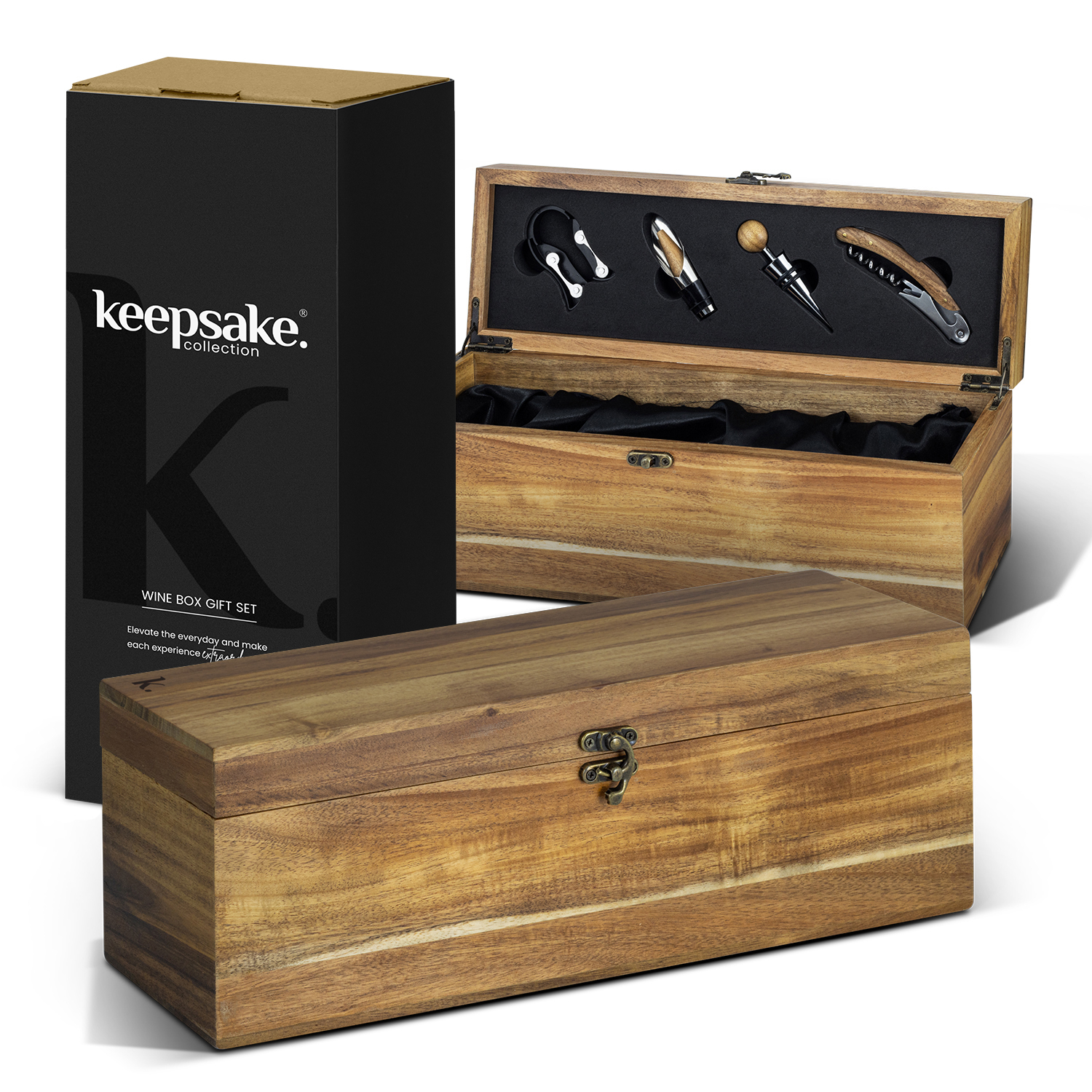 Gift Box Sets
Gift Box Sets Homeware
Homeware Pet Products
Pet Products Personal Care
Personal Care Occasion Ideas
Occasion Ideas